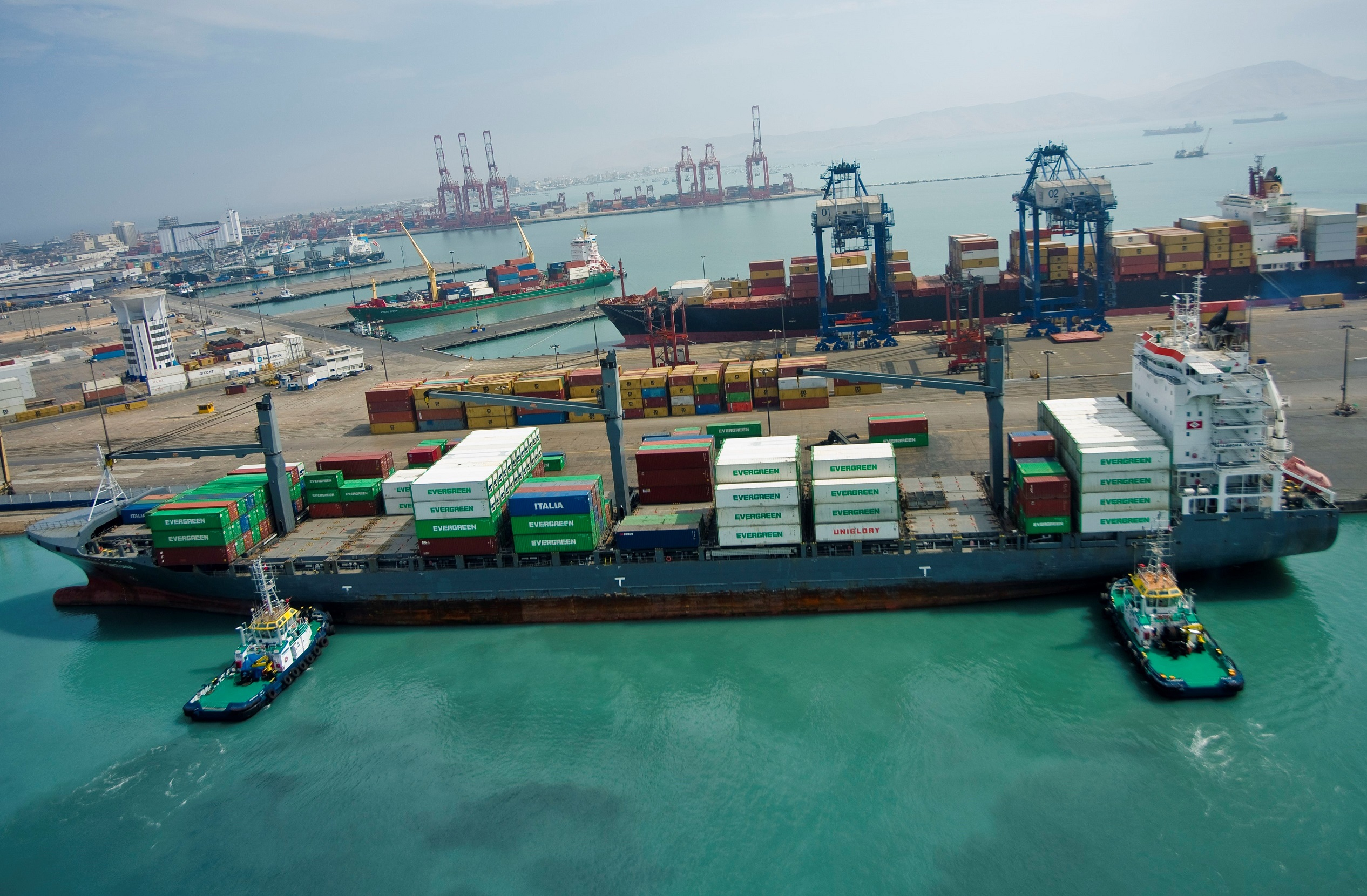
The Peruvian exports, Although they grew 6.1% in July (US$4,998 million), In the accumulated January-July period (US$35,996 million) they experienced a decline of -0.2% andn comparison to the same period last year when the amount amounted to US$36,065 million, reported the Exporters Association (ADEX).
In detail, it can be seen that the offices had a varied behavior, three months closed in red and the remaining four in blue: January (-11.7%), February (-13%), March (8.6%), April (7.5%), May (5.9%), June (-2.4%) and July (6.1%).
It is necessary to highlight that due to risk factors in the global and national scenario, ADEX estimated the fall in exports in 2023 at -1.3% and for 2024 an increase of 1.9%, a low rate if one considers that, In the last 5 years, the growth rate was 7.7% on average.
Traditional shipments
According to the CIEN-ADEX report, traditional shipments amounted to US$25,987 million between January and July, experiencing a contraction of -0.6%. Its main activity, mining (almost US$22.3 billion), grew 10.8%; However, the others closed lower: primary agriculture -50.7%, fishing -40.4% and hydrocarbons -36.2%.
From the top five of items from primary shipments, two closed in blue: copper and its concentrates (22.9%) and refined copper cathodes and cathode sections (10.3%), and the other three in red: gold (-2% ), other zinc ores and their concentrates (-13.3%) and liquefied natural gas (-51.2%).
The main markets for this supply were China (11% variation), the US (19.4%), and Japan (-15%), which together accounted for almost 63% of the total. Others were Canada, South Korea, India, Brazil, Switzerland, Spain and the United Arab Emirates.
Exports with added value
For their part, non-traditional products between January and July (US$10,010 million) presented an increase of 0.8% compared to the same period in 2022 (US$9,929 million). The leading subsector was agriculture-agroindustrial (US$4,339 million) with an evolution of 3.6%. Fresh avocados and grapes occupied the first two places in the ranking with 20.5% and 14.4% growth.
Second in the ranking was fishing for direct human consumption with US$1,216 million 547,000, increasing its shipments by 24.3%. The most notable item was frozen squid, followed by squid and prepared or preserved squid; livers, eggs and milk; whole frozen prawns, fish, frozen horse mackerel, among others.
Other items that showed increases were non-metallic mining (US$732 million 611,000) and metalworking (US$413 million 049,000), with 31.9% and 10.2%, respectively. In contrast, those that fell were textiles (-10.6%); clothing (-14.5%), chemical (-17.4%); steel metallurgy (-10.8%), wood (-27%) and miscellaneous (-1.2%)
Despite suffering a contraction of -7.2%, the main market was the US (US$2,693 million 818,000), followed by the Netherlands (US$754 million 717,000), Chile (US$735 million 036,000) and China (US $635 million 509,000). Others were Ecuador, Spain, Mexico, Colombia, Brazil and South Korea.
Source: Larepublica
Alia is a professional author and journalist, working at 247 news agency. She writes on various topics from economy news to general interest pieces, providing readers with relevant and informative content. With years of experience, she brings a unique perspective and in-depth analysis to her work.












